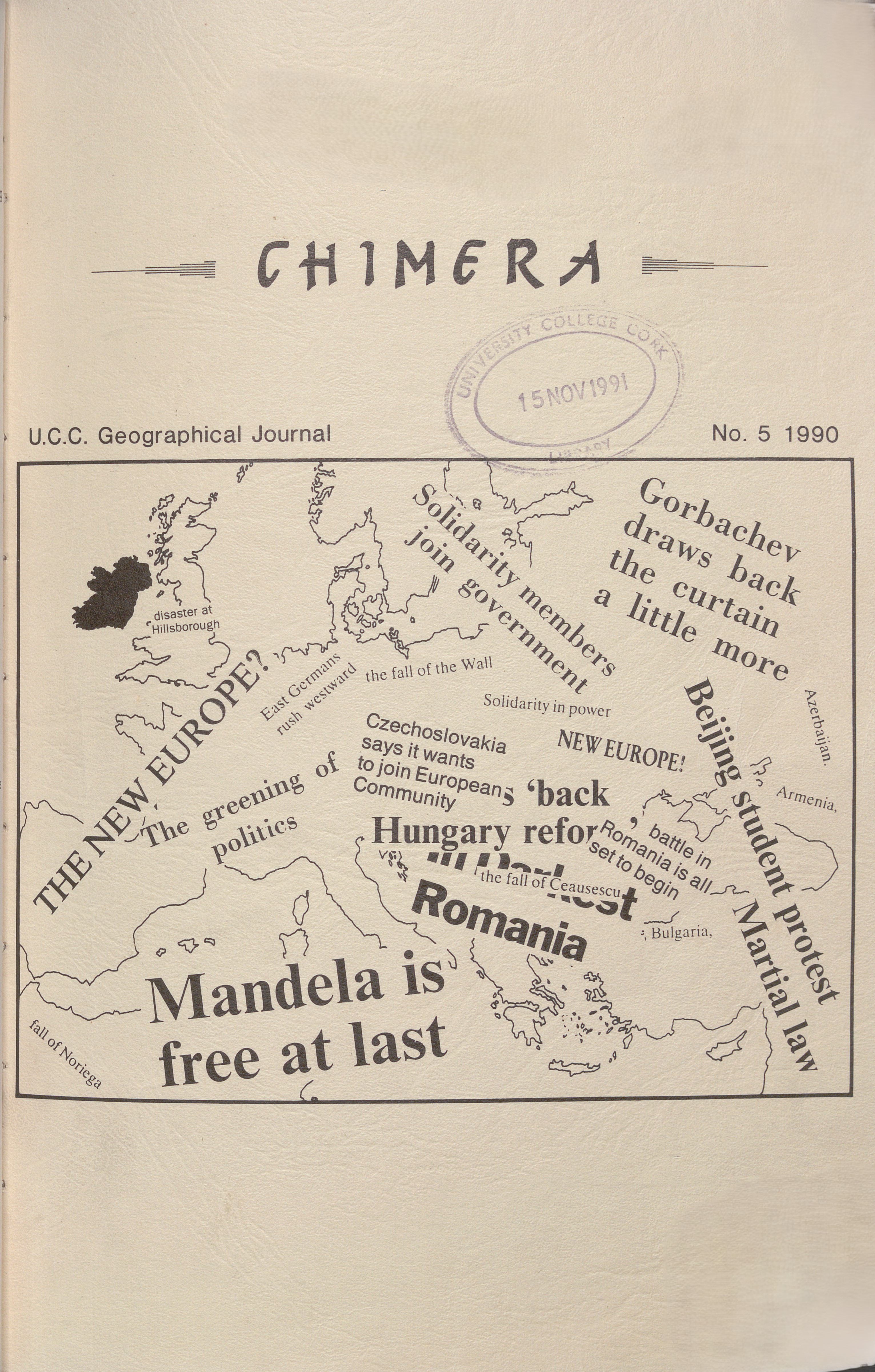To Graffiti or Not to Be
Youth Culture and Graffiti in Social Analysis
DOI:
https://doi.org/10.33178/Keywords:
graffiti, art, culture, tagsAbstract
At a time when Europe seems to be bursting out of her seams, it may -appear a little inconsequential to present an article on the role graffiti can play in complementing our knowledge of the social worlds of the city. My argument I'm sure is clear, but allow me to begin with a story of topical interest. One day last month I was partaking of some of the aforementioned beverage in a quiet public house on Dunbar Street when the barman proudly presented me with a section of the Berlin Wall. Actually, it was quite small, no bigger than my thumb-nail in fact, reminiscent of those saintly relics that my aunts used to haul back from Knock or Lourdes to ward off Communism. Yet distinctively, I could make out the psychedelic colours of the graffiti that humanised that infamous barrier with protest and dissent. It struck me then that graffiti is almost universal.
References
Foucault, M. (1984) Politics, philosophy, culture: interviews and other writings.
Ley and Cybrinisky (1974): "Urban graffiti as territorial markers”, Annals of American Geographers, Vol. 64, 4, pp. 491-505.
Ley and Cybrinisky (1974) “The spatial ecology of stripped cars", Environment and Behaviour.
Linehan, D. The cultural geography of young people in an urban environment, unpublished B.A. dissertation, Geography Department, U.C.C.



